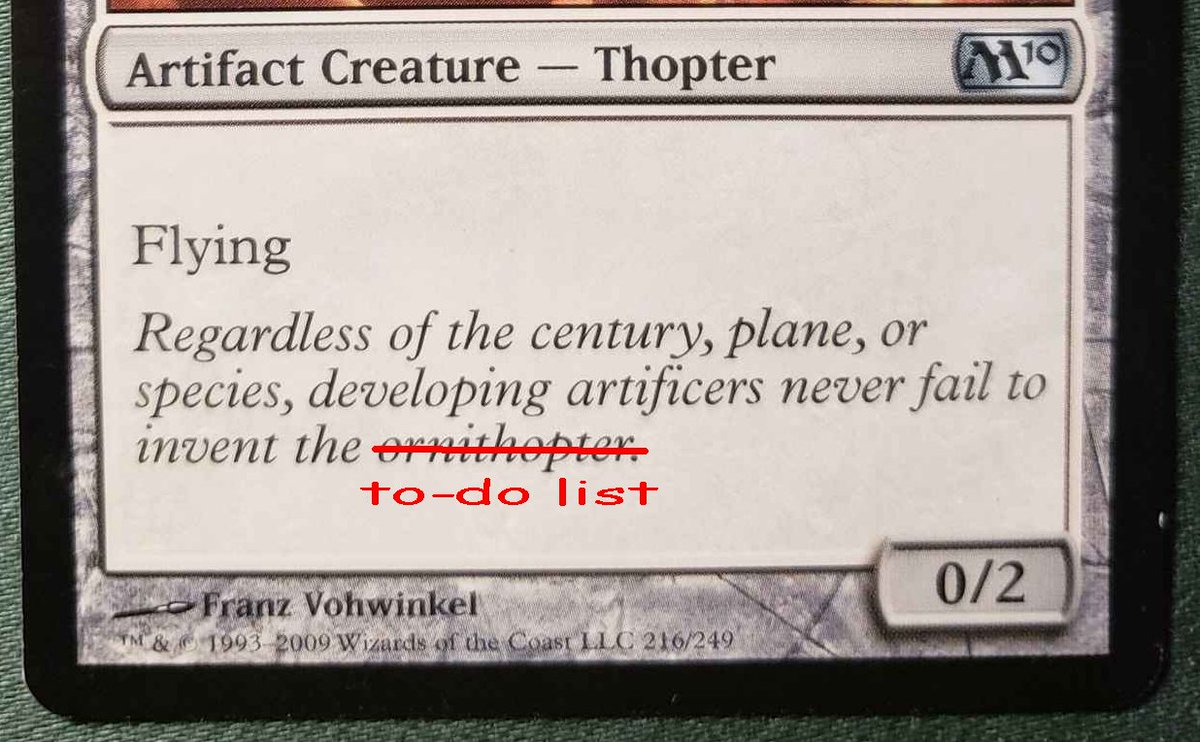
When you're going over the research notes and then the conceptual model clicks into place
Explaining to the client that the conceptual model actually makes sense from the user's point of view
Wait hang on, it wasn't a breakthrough, I just re-invented the to do list app.
I give up, I'll just make it a Stories feature and call it a day
• • •
Missing some Tweet in this thread? You can try to
force a refresh



